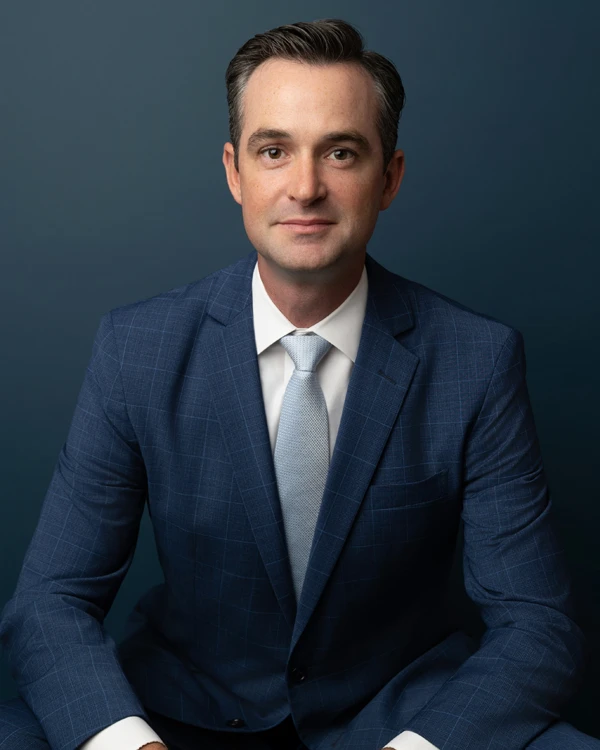
In a world with constant information overload, sometimes it’s best to take a step back from financial news feeds to focus on core topics that drive home the fundamental components and experiences of being a long-term investor. I don’t need to explain to anyone that it isn’t easy being an investor. However, I believe it’s much harder to be a trader.
Allow me to explain.
A trader tends to rely on short-term, one-off theme-based events to drive their portfolio allocation decisions. They rely on timing the market with the goal of outguessing, and thus outperforming, a benchmark.
An investor tends to view those same events as statistical data and routine (standard) deviations. I, and many others, simply call it noise. An investor typically doesn’t allow this short-term “noise” to drive portfolio allocation decisions. Naturally, I’m making some generalizations since not all traders and investors fall into these categories.
Trading requires constant attention with an ability to guess accurately and consistently over time. Volumes of academic research exist to counter the belief that someone can accomplish this profitably. Trading and market timing strategies must be correct more than just once. An example of this would be selling at the depths of the COVID slump during March of 2020 with the goal of preventing further losses. But when does one buy back in…weeks or months later when things seem better? The 2nd worst performing day of 2020, March 12th, was immediately followed by the 2nd best performing day of 2020 (source). Think about that for a moment…by the time the trades settled the next day, one would have missed the rebound. Missing just a few of the best performing days, days that typically occur shortly after the worst performing ones, can significantly impact portfolio performance and value (source).
Investing is an opposite strategy because it relies on the belief that current market prices reflect all available information and expectations of the future. By that definition, it means that it is impossible to outguess the direction of the markets. Our Investment Philosophy is based on these beliefs. As advisors to our clients, we strive to not let the daily noise of markets impact how we design, implement, and rebalance their portfolio(s). It is the reason why our clients remained invested during March of 2020 and the various market corrections we experienced before then and since (i.e. January 2022).
Because we believe there’s no accurate way to guess which way the markets are going to go, we rely on decades of academic evidence to guide portfolio design. This belief, combined with individual investment and financial goals, time horizon, and appetite for risk, make up the toolkit we use in our daily approach to managing our clients’ investments and the advice we give.
Does this mean we ignore current events? Absolutely not. There are fundamental shifts that occur over time that help guide certain parts of the portfolio. One example of this is how our expectation of future interest rates impact the types of fixed income securities we recommend. During periods when rates are expected to rise (the current view), we strive to stay on the shorter end of the yield curve to lessen the impact of declining bond values while seeking unique areas of the fixed income market with positive correlation to rising rates.
We know last month was challenging for investors. The S&P 500 lost -5.47% of its value during January alone. With that in mind, was it challenging being an investor during 2021 when the same index gained 28.68% (source)? Obviously, no. But as investors, we must take the good with the bad since we rely on our commitments to an investment philosophy to smooth out the short-term noise.
The future is always uncertain. Many potential events are currently shaping the investing landscape. Yesterday’s 7.5% CPI (inflation) reading was a negative surprise, but one that makes sense given the Omicron surge of late December and January. The markets are digesting this number to price in what they believe the reaction from the Federal Reserve will be in March and the remainder of the year. Will the Fed increase rates by 0.25% or 0.50% and how many times this year? Will quantitative easing turn into quantitative tightening? If so, when? Does Russia invade Ukraine? Is there another COVID variant lurking around the corner? These are some of the uncertainties we face right now.
While I don’t know the answers above, I do know that markets are resilient and always forward looking. I know that corporations have an unwavering ability to flex in response to current events with the goal of increasing shareholder value. And I know that the future remains bright, albeit, challenging at times. The one constant lesson that investors know is that conviction matters: “time in the markets is better than timing the markets.” – old adage.
If you’re the type of investor who is seeking a partner to help you through the next few chapters of your life, consider getting in touch with us today. We’d love to learn more about you and how we may be able to team up.

Experienced Advisors Committed to Guiding Your Financial Journey with Integrity.


